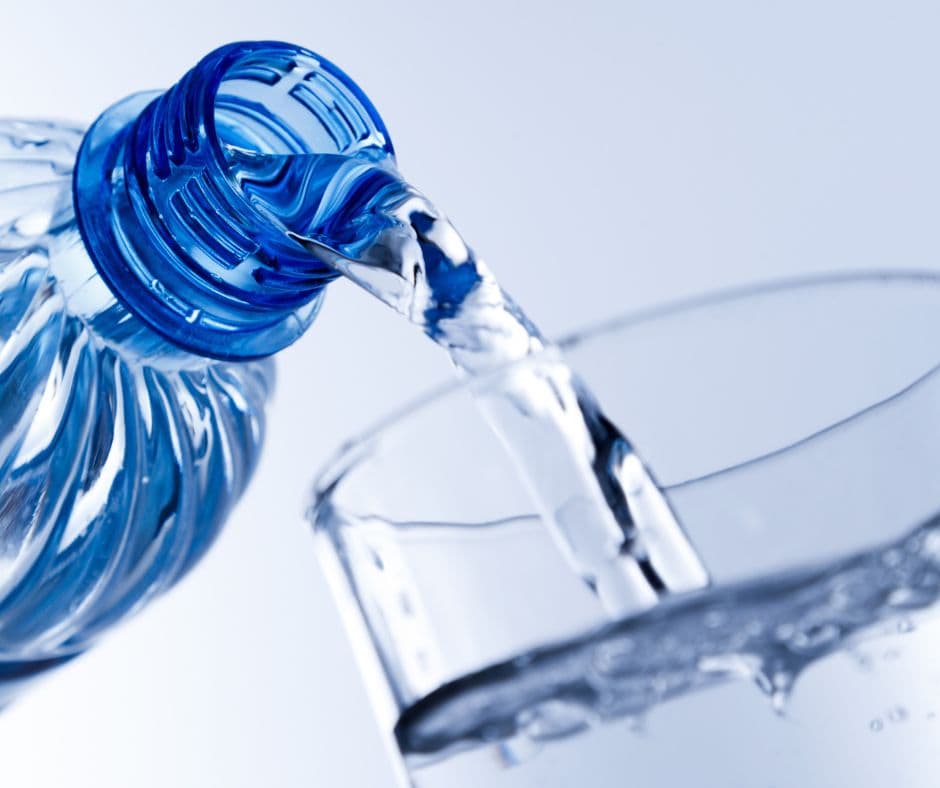Drinking water supplied by your local council may not be available or safe to drink during or after a disaster.
Making drinking water safe
If your local council or water utility advises drinking the water might make you sick, they will require you to take certain actions before the water can be safely consumed.
The most common action required is a ‘boil water alert’.
Water should be brought to a boil and allowed to cool. It is safest to boil water using an electric kettle. If you have lost electric power water can be boiled, using a saucepan, on a gas stove, barbeque or portable gas cooker.
Take care when boiling water as it can scald. Always take care when boiling in pots and pans, particularly if you have young children or vulnerable people in your household.
The water should then be stored in clean, covered containers.
This water can be used for:
drinking
preparing baby formula
hand washing
preparing food and cooking
brushing teeth
bathing infants
making ice.
You do not need boiled water for toilet flushing and clothes washing.
Once your council or water utility advises the water is safe to consume, you should consider if taps were affected by floodwater. Remove any screens or aerators from affected taps and flush the water for a couple of minutes to remove any contaminated water.
Clean the affected parts and tap with hot water and detergent.
Making tank water safe
Drinking water in rainwater tanks may not be safe to drink during or after a disaster.
Tank water after a flood or severe weather event
Water from tanks should not be used for drinking or personal hygiene if the tank has been, or is suspected to have been, contaminated with flood water.
Tank water should also not be used if connecting pipework has been damaged, or where flood water has been in contact with taps or connections within or outside the home.
Stored tank water may continue to be used for toilet flushing and clean-up purposes. If rainwater contamination has occurred or is suspected, the town water supply should be used for all drinking and hygiene purposes.
Reinstating the tank water
If your tank has been inundated with flood waters, the water will have been contaminated and should be discarded.
If you have an underground tank, you should not attempt to empty it while the surrounding ground is still saturated. Emptying water before the surrounding ground has dried out may result in damage to the tank and associated plumbing.
Once the tank has been emptied, the inside of the tank should be hosed out with clean water and sanitised.
Any associated plumbing, guttering, downpipes and roof surfaces inundated by flood waters will also need to be cleaned and sanitised. A tank supplier will be able to advise on the best sanitation method depending upon the material the tank is constructed of.
If cleaning of the tank requires entering the tank, it is recommended that a qualified, professional tank cleaner undertake this activity as working in a confined space is hazardous.
Cleaning agents that release hazardous fumes or adversely affect the water quality after cleaning should not be used.
After cleaning and sanitisation has taken place, the tank should be refilled with water from a source known to be safe and should be appropriately disinfected using enough chlorine to give an initial chlorine dose of 5 mg/L. The amount required will depend on what form of chlorine you use and how much water is in the tank.
Guidance on calculating the volume of your tank and on chlorine dosage can be found in the further information section below, however as a general rule:
household bleach (four per cent concentration) — 125 mL or 125 g/1000 L
liquid swimming pool chlorine (12.5 per cent concentration) — 40 mL or 40 g/1000 L
granular swimming pool chlorine (70 per cent concentration) — 7 g/1000 L.
When using Chlorine, it is important to remember to adhere to the warnings, directions for use and safety precaution advice contained on the product label.
After adding, allow to stand for at least one hour (or overnight if possible).


